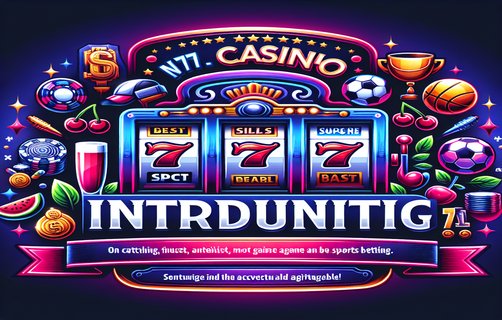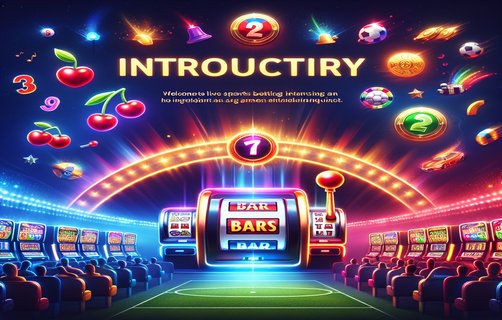Exploring Satta Matka and the Broader Landscape of Gambling: An Industry Analysis
Satta Matka, a popular game of chance in India, intertwines with a variety of gambling paradigms and legislation. This analysis aims to explore various aspects of gambling, including its evolution in Asia, taxation laws, and the emergence of digital solutions like Paysafecard, while also reflecting on broader gambling concepts such as poker positioning and block betting.
To begin with, Satta Matka serves as a microcosm for understanding real-money gambling in India. Originating in the 1960s and evolving through the decades, Satta Matka combines elements of luck and strategy, where players bet on numbers derived from the opening and closing rates of cotton traded on the Mumbai Cotton Exchange. Its evolution has seen the introduction of organized charts, such as the Sridevi Chart, which enhances players' ability to analyze and predict outcomes.
Real money gambling is prevalent, not just in India but across the globe. The advent of online platforms has transformed traditional betting processes. Players can now engage in gambling through various digital platforms, thus broadening the reach of games like Satta Matka. This shift raises significant regulatory and ethical considerations as jurisdictions grapple with how to manage this newfound accessibility. The digital age forces governments to consider new taxation laws that can encompass both online and offline gambling to ensure proper revenue collection while combating illegal operations.
Within the realm of gambling, block betting represents a strategic move where players place substantial bets on predetermined sets of numbers or combinations. This gambling tactic enhances potential winnings while mitigating risk through diversification of bets. Additionally, this approach creates a unique position in poker for players looking to optimize their chances. In poker, understanding position—the order in which a player acts during a hand—can be pivotal to success. It influences decision-making and betting strategies, as later positions afford players more information regarding opponents' actions.
Examining the broader landscape of casinos in Asia, we find a dynamic environment fueled by escalating tourism and an insatiable appetite for gambling. Major markets include Macau, renowned as a global gaming hub, along with Singapore which has positioned itself as a luxury destination featuring state-of-the-art casino resorts. These locations have fostered a unique gambling culture, combining opulence with wide-ranging entertainment options, thus encouraging both local participation and international visits.
The involvement of technology cannot be overlooked, particularly the emergence of electronic payment systems like Paysafecard. This prepaid solution allows users to engage in online gambling without the need for traditional banking methods, ensuring security and anonymity. Its incorporation into gambling platforms presents a significant boon for players wary of sharing financial details online, thereby promoting a safer gambling environment.

In summary, the world of gambling, illustrated by Satta Matka, is multifaceted and continuously evolving. The interplay between tradition and modernity, legislative measures, and technological advancements all converge to shape an industry that remains vibrant and contentious. As stakeholders in this landscape navigate the challenges of regulation, taxation, and ethical considerations, the prospects for responsible and sustainable gambling practices will require ongoing dialogue and innovation. Adapting to such complexities will be essential for communities and legislative bodies aiming to create a balanced approach in the thrilling world of gambling.

